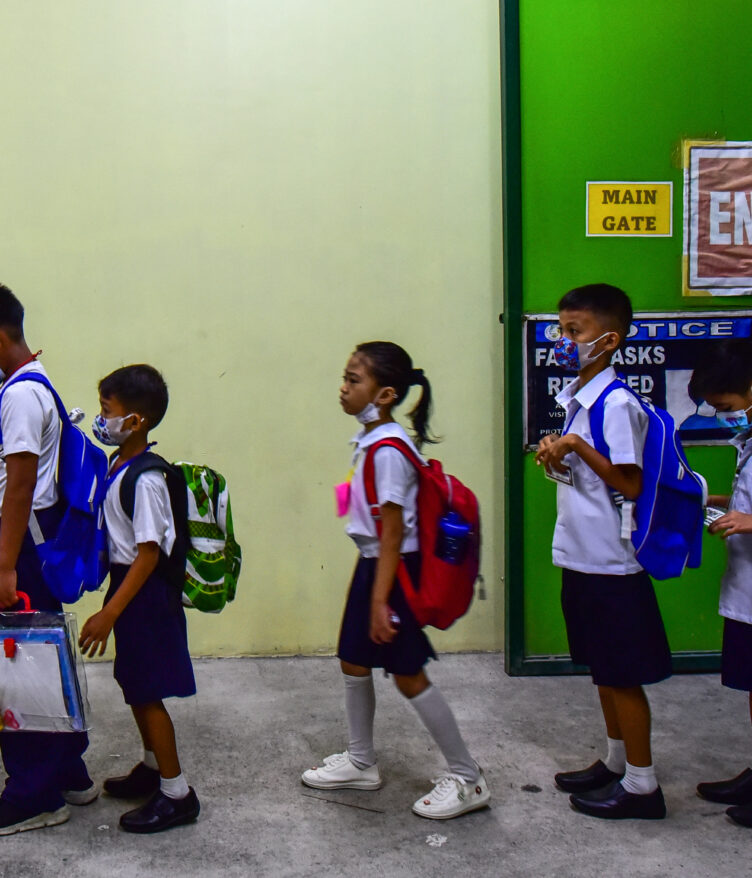IN RECENT weeks, the Philippines has experienced a string of strong earthquakes that have rattled communities from Luzon to Mindanao, stirring growing fear and uncertainty among residents.
These recent quakes have not only disrupted the normal flow of daily life but have also served as a stark reminder of the Philippines’ natural exposure to seismic threats, being located along the Pacific Ring of Fire.
With tremors now being felt in various parts of the country, what used to be seen as rare and isolated incidents are now happening more frequently—leaving the nation uneasy about what might come next.
Tremors Across PH
On September 30, a destructive magnitude 6.9 earthquake hit Cebu — the strongest to strike Bogo City in four centuries — claiming dozens of lives, injuring hundreds, and followed by a magnitude 6.0 tremor early this morning.
Just when it seemed things might be settling down, a powerful magnitude 7.5 earthquake hit off the coast of Davao Oriental, setting off tsunami warnings and forcing thousands of residents to evacuate.
Even Metro Manila wasn’t spared from the growing anxiety caused by these tremors, as residents felt shaking on Saturday when Zambales was struck by a magnitude 5 earthquake.
Because of this, many Filipinos are now asking whether such activity is normal. But according to the Department of Science and Technology (DOST), this pattern isn’t new, as the country averages about 30 earthquakes per day.
Despite this, the Philippine Institute of Volcanology and Seismology (PHIVOLCS) warns that anything can happen—and Filipinos must remain alert and prepared for the possibility of stronger quakes ahead.
No Ruling Out
With these unsettling events unfolding one after another, talks of the feared “Big One” have resurfaced—something DOST-PHIVOLCS Director Dr. Teresito “Toto” Bacolcol says cannot be ruled out.
Still, he clarifies that while PHIVOLCS can provide data on potential earthquake scenarios, the exact timing of such events remains impossible to predict.
“Ang nabanggit na pahayag kaugnay ng posibilidad ng pagkakaroon ng isang magnitude 8.1 earthquake dahil sa paggalaw ng Philippine Trench at magnitude 8.3
earthquake kapag gumalaw naman ang Manila Trench sa West Philippine Sea na maaaring magdulot ng tsunami ay mga earthquake at tsunami scenario,” he said.
“Ang scenario ay posibilidad ng malalakas at mapaminsalang lindol na madaring maganap sa isang lugar o rehiyon base sa pag-aaral [ng DOST-PHIVOLCS] sa isang active fault o trench, subalit hindi natin matutukoy kung kailan ito eksaktong mangyayari,” he added.
PHIVOLCS Warns
Even as the country continues to experience more frequent and stronger earthquakes, PHIVOLCS emphasized that their warnings should be seen as a call for early preparedness—not as a cause for panic or fear.
“Ang mga scenario na ito ay hindi prediksyon o pananakot. Ito ay dapat gamiting gabay para sa tama at sapat na paghahanda,” Bacolcol emphasized, addressing t
In addition, the agency head also used the moment to urge Filipinos to remain cautious and discerning about the information they consume and share online, especially with the rise of panic-inducing content on social media.
“Pinapaalalahanan ng DOST-PHIVOLCS ang bawat isa na maging mapanuri at kritikal sa mga nababasa sa internet. I-follow at i-share ang mga impormasyon na galing mismo sa opisyal na social media at website ng DOST – PHIVOLCS,” he said.
How useful was this post?
Click on a star to rate it!
Average rating 0 / 5. Vote count: 0
No votes so far! Be the first to rate this post.
We are sorry that this post was not useful for you!
Let us improve this post!
Tell us how we can improve this post?









